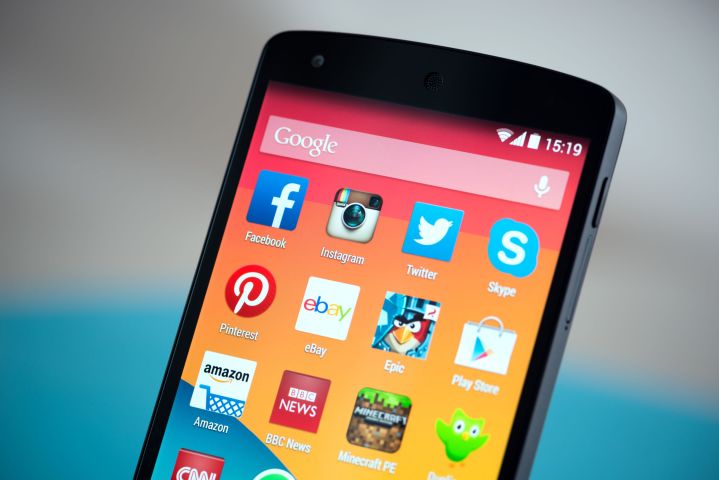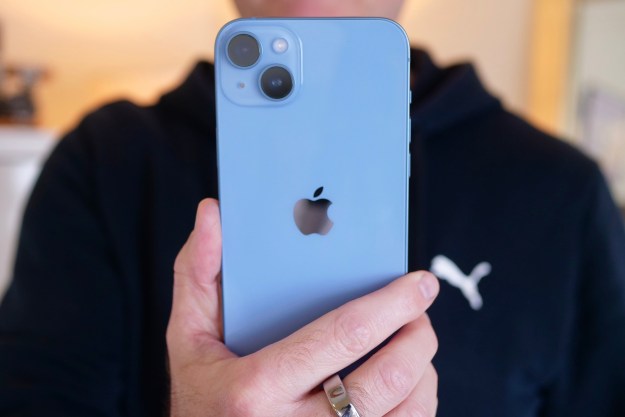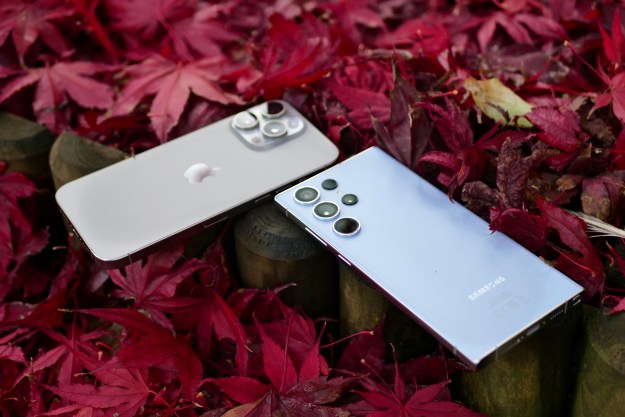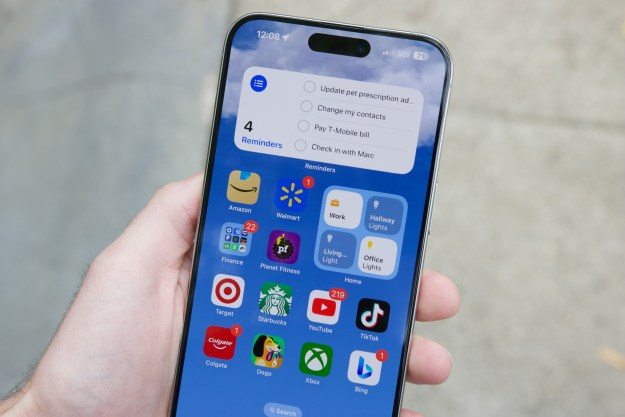
Apple’s App Store should pull in $40 billion, by App Annie’s estimation. This would make for an increase of $6 billion over last year’s numbers. Google Play, on its own, is expected to deliver a little more than half that in 2017 — $21 billion. So where’s the other $20 billion coming from?
If you combine Google Play’s revenue with that of other Android app stores, like Amazon’s, Samsung’s, and SlideMe, app spend on the platform could overtake iOS by roughly $1 billion, the report claims. While Google on its own may narrow the gap to Apple over the next five years — App Annie says by 2021, Google could be earning somewhere around $42 billion a year, compared to Apple’s $60 billion — the company will likely continue to lose significant sales to third-party marketplaces for the foreseeable future.
What makes Apple’s performance especially impressive is that the company managed less than half the app downloads Google achieved last year — 29 billion to 63 billion, respectively — and still raked in double the sales. App Annie attributes this to Apple’s relatively more affluent customers, but Android could somewhat compensate for this with its more dominant market share worldwide and rapidly growing install base in emerging markets like India, Brazil, and Indonesia.
Such markets are expected to play a major role in the growth of the app economy — particularly China, which is beginning to mature. The country far and away leads the rest of the world in terms of downloads, but App Annie sees this trend slowing in the next few years. At the same time, revenue from Chinese users may actually increase. The report predicts China could eventually account for as much as 41 percent of worldwide app spending by 2021.
Editors' Recommendations
- An Apple insider just revealed how iOS 18’s AI features will work
- There’s a big problem with the iPhone’s Photos app
- When will Apple release iOS 18? Here’s what we know
- The 7 biggest features we expect to see in iOS 18
- This could be our first look at iOS 18’s huge redesign



